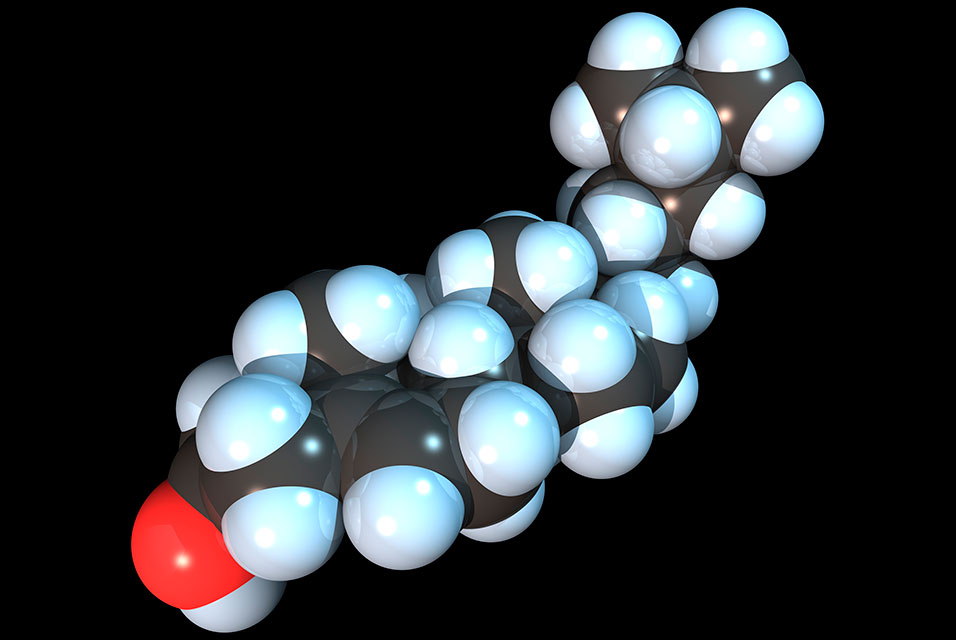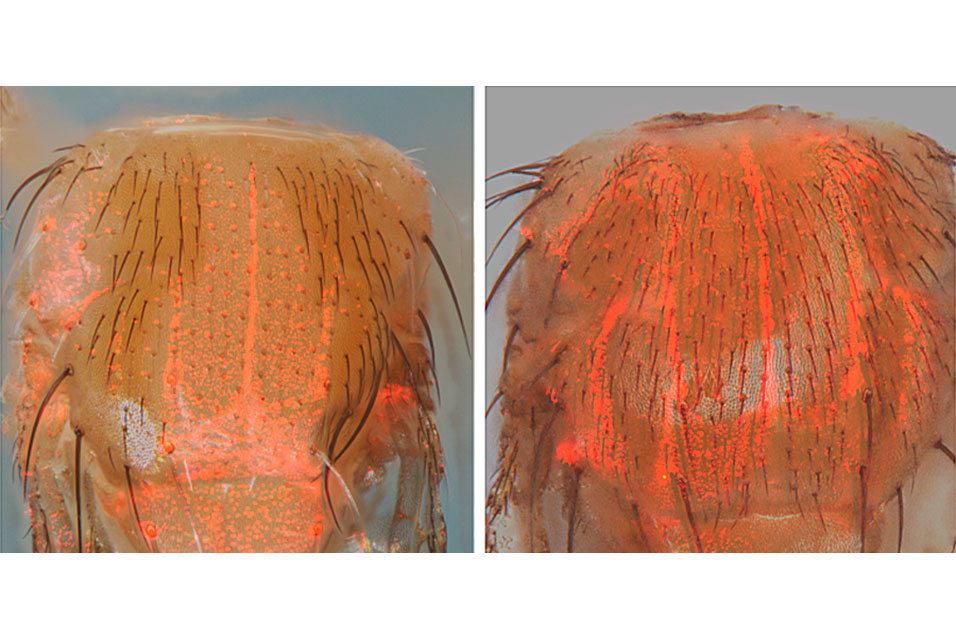SAN DIEGO, CA.- Chemotherapy can induce a painful peripheral neuropathy (CIPN), a chronic condition and common adverse effect for cancer patients undergoing treatment. Researchers at
University of California San Diego School of Medicine, with colleagues elsewhere, have used a mouse model to demonstrate the pivotal role of cholesterol in CIPN, and proposed a novel therapeutic approach to reverse it.
The findings were published in the May 10, 2021, online issue of the Journal of Experimental Medicine.
The study was a collaboration between the laboratories of senior study author Yury Miller, MD, PhD, professor of medicine, and Tony Yaksh, PhD, professor of anesthesiology and pharmacology, both at UC San Diego School of Medicine. Miller studies cholesterol metabolism and cardiovascular and neuro inflammation. Yaksh specializes in neuropathic pain.
“It was truly gratifying to work at the intersection of two disciplines and identify the role cholesterol plays in activation of microglia — immune cells of the spinal cord — and regulation of chronic pain,” said first author Juliana Navia-Pelaez, PhD, a postdoctoral fellow in Miller’s lab.
“The metabolism of cellular cholesterol was already linked to neurological conditions, such as Alzheimer’s disease, but we were first to show its role and underlying mechanisms in chronic pain.”
Cholesterol is essential for brain function, both during development and in adult life. It is a major component of cell membranes, a precursor to some hormones and serves as a cellular messenger. However, excess of cholesterol is detrimental to human health; buildup of cholesterol plaques in large arteries often causes heart attacks and stroke.
The UC San Diego team found that changes in cholesterol metabolism contributed to reprogramming of microglia in a way that perpetuated chronic inflammation in the spinal cord. Genetically modified mice lacking cholesterol transporters in microglia were unable to remove excessive amounts of cholesterol, and thus experienced pain — even without chemotherapeutic intervention.
The outer membrane of these cells, which is normally fluid, became rigid with accumulated cholesterol in the form of floating solid platforms called lipid rafts. The lipid raft environment, said the authors, favors assembly and activation of cellular proteins that mediate inflammatory response, such as Toll-like receptor-4 (TLR4).
“We were surprised to find that in CIPN, enlarged lipid rafts and TLR4 assemblies persisted for days and weeks,” said Miller. “We even started calling them ‘inflammarafts’ to stress the importance of these membrane domains in neuroinflammation and pain states.”
To reverse the harmful effects of excessive cholesterol in microglia, researchers used a modified version of the apoA-I binding protein (AIBP), which hastens cholesterol removal and disrupts inflammarafts, but does not damage physiological lipid rafts. A single injection of AIBP in the spinal canal of mice reversed CIPN pain, and the therapeutic effect lasted for several weeks, without adverse effects.
“The long-lasting effect we observed with the delivery of AIBP points to a reprogramming of these immune cells that implies cholesterol plays a fundamental role in gene expression,” said Navia-Pelaez. “It might even act as a driver of epigenetic alterations in microglia and ultimately pain behavior.”
The authors said the results are part of a promising series of investigations, conducted by UC San Diego and Raft Pharmaceuticals.
“Considerable work remains to be done in terms of safety and kinetics to move this new biologic ahead for clinical trials,” said Yaksh, “but the present results are exceedingly promising as they provide a hitherto unappreciated target — inflammarafts in immune cells — for drug development in the management of chronic neuropathic pain.”
Co-authors include: Soo-Ho Choi, Luciano dos Santos Aggum Capettini, Yining Xia, Ayelet Gonen, Colin Agatia-Boyle, Jungsu Kim, Jenny W. Lu, Benjamin Saylor, Lauriane Delay, Gilson Goncalves dos Santos, Glaucilene Ferreira Catroli, Maripat Corr and Irina Kufareva, UC San Diego; Holger Winkels, Christopher P. Durant, Yanal Ghosheh and Klaus Ley, La Jolla Institute for Immunology; and Graham Beaton, Raft Pharmaceuticals.
Funding for this research came, in part, from the National Institutes of Health (grants NS102432, NS104769, NS099338, HL135737 and HL136275) and Fundação de Amparo à Pesquisa do Estado de São Paulo (Sao Paulo Research Foundation, Brazil). The National Institute of Neurological Disorders and Stroke (grant P30 NS047101) supports the UC Sn Diego School of Medicine Microscopy Core.










